Boston area (Zone 6B) - NE facing hydrangea?
Sarah TB
3 years ago
last modified: 3 years ago
Featured Answer
Sort by:Oldest
Comments (12)
Related Professionals
Hawthorne Landscape Contractors · Red Oak Landscape Contractors · Soddy Daisy Landscape Contractors · Tuscaloosa Landscape Contractors · Tustin Landscape Contractors · Ashland Decks, Patios & Outdoor Enclosures · Santa Ana Decks, Patios & Outdoor Enclosures · Sacramento Swimming Pool Builders · Hershey Landscape Architects & Landscape Designers · Edmond Landscape Contractors · Medford Landscape Contractors · Cambridge Landscape Contractors · Dale City Siding & Exteriors · Enfield Siding & Exteriors · Orland Park Siding & ExteriorsSarah TB
3 years agoSarah TB
3 years agocearbhaill (zone 6b Eastern Kentucky)
3 years agoSarah TB thanked cearbhaill (zone 6b Eastern Kentucky)Jen Harris
3 years agoSarah TB
3 years ago
Related Stories
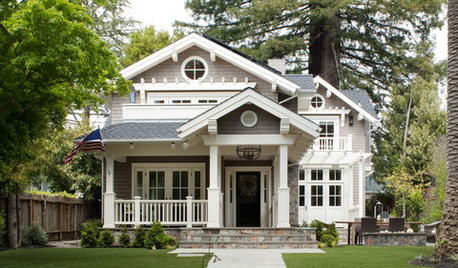
HOUZZ TOURSHouzz Tour: A Family Home Grows and Gets a New Face
An addition and an architectural renovation lead to an elegant yet comfy Craftsman for a California family of 6
Full Story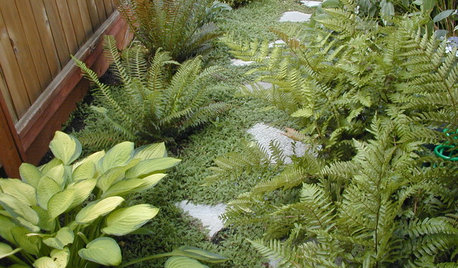
LANDSCAPE DESIGN6 Great Ways With Garden Ground Covers
Use them as problem solvers, weed killers, color and texture providers ... ground cover plants have both practical and visual appeal
Full Story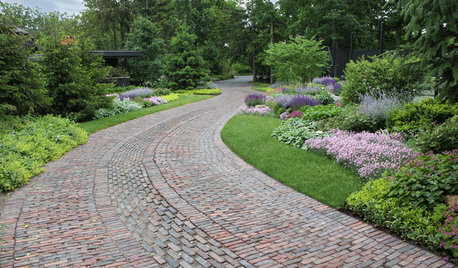
LANDSCAPE DESIGN6 Driveway Looks Take Landscapes Along for the Ride
See how to design a front yard that makes your driveway its own destination
Full Story
LIFE6 Ways to Cool Off Without Air Conditioning
These methods can reduce temperatures in the home and save on energy bills
Full Story
GARDENING GUIDES6 Plants That Beat Butterfly Bush for the Wildlife Draw
It's invasive, a nonnative and a poor insect magnet. Check out these better alternatives to butterfly bush in the garden
Full Story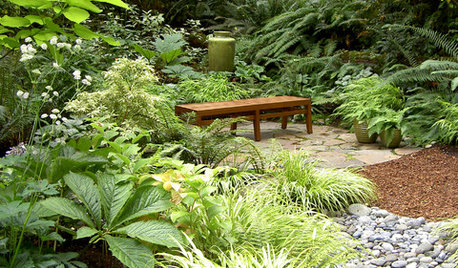
GARDENING GUIDESGreat Garden Combo: 6 Beautiful Plants for a Shady, Wet Site
Transform a shade garden with moisture-loving golden grasses, textural leaves and a sprinkling of flowers
Full Story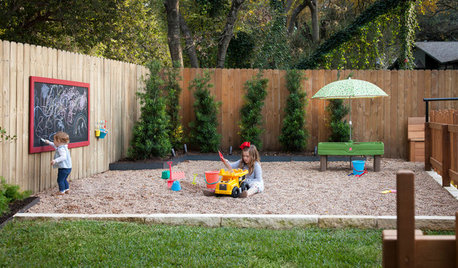
LANDSCAPE DESIGN4 Stylish Yards That Include Play Areas for Kids
See how clever garden design can help make a built-in trampoline, basketball court or slide fit in with your backyard
Full Story
WINTER GARDENING6 Reasons I’m Not Looking Forward to Spring
Not kicking up your heels anticipating rushes of spring color and garden catalogs? You’re not alone
Full Story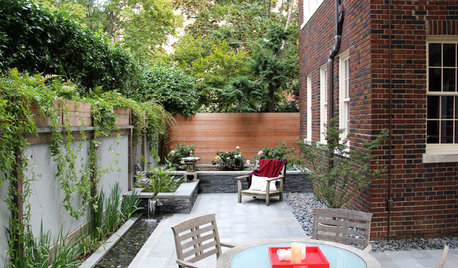
LANDSCAPE DESIGNSee 6 Stunning Patio Transformations
New amenities, plantings and paving elevate these outdoor living spaces
Full Story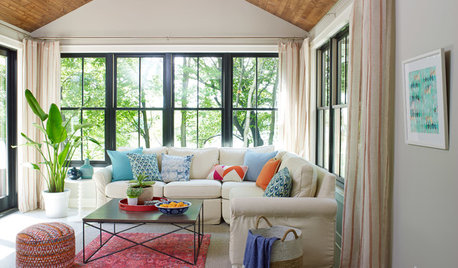
LIVING ROOMSTrending Now: 6 Ideas From the Most Popular New Sunrooms on Houzz
See how walls of windows and lush plants can brighten homes and spirits when it’s cold outside
Full StoryMore Discussions







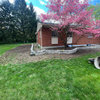
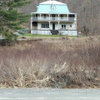
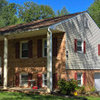

NHBabs z4b-5a NH